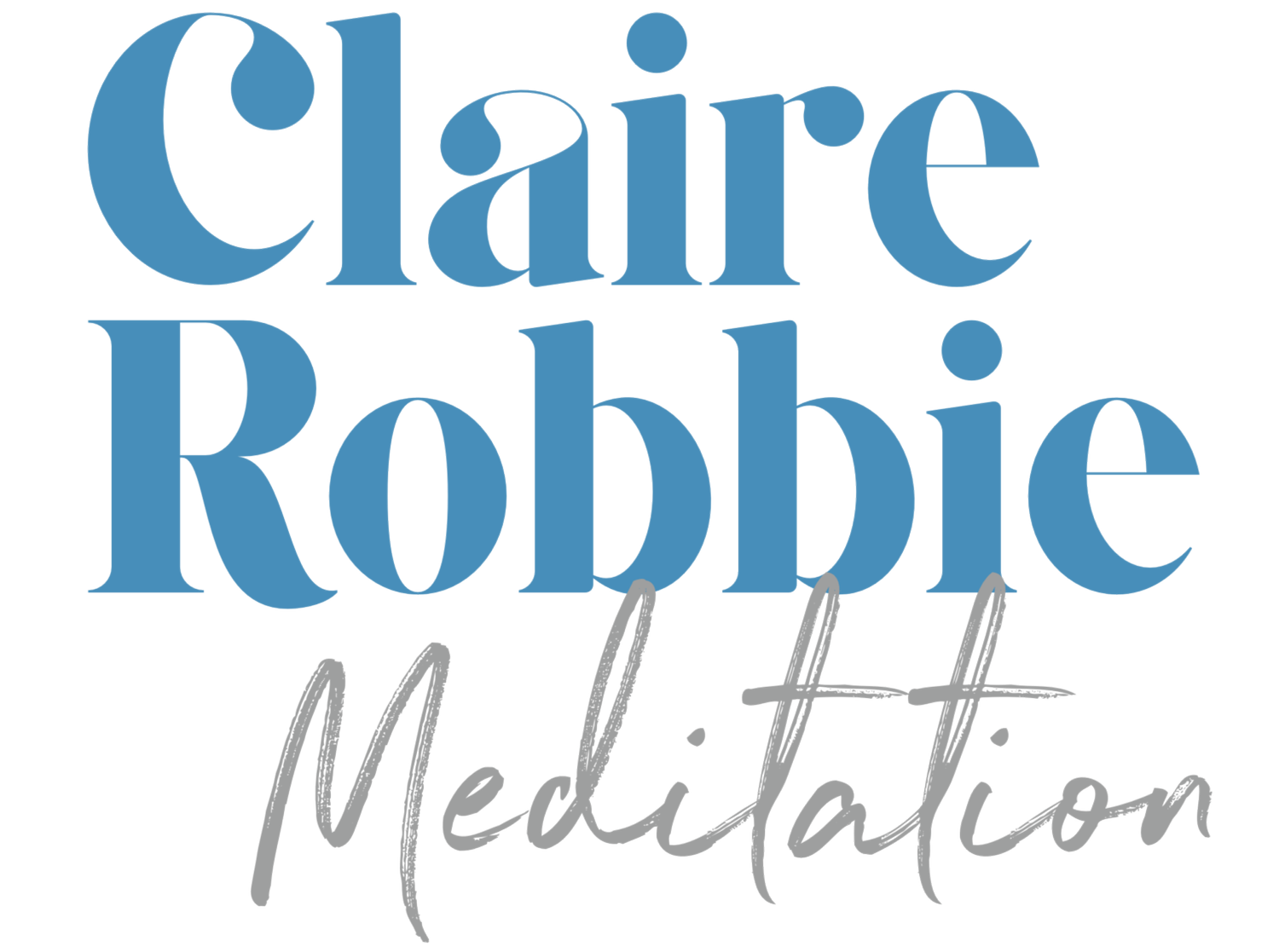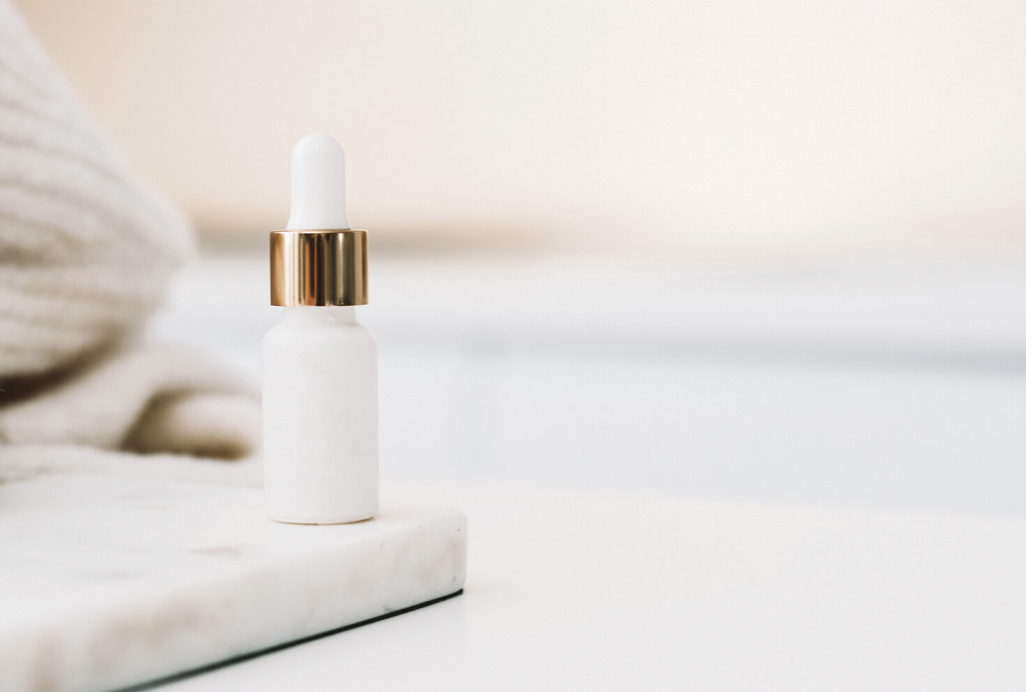Cleaning up our skincare
With 40 just around the corner, last year I revved up my skincare regime and started using the brand new ‘Emma Lewisham’ range. The most exciting aspect and biggest draw-cards of this line of skincare were the science behind them and also that they are 100% clean. “Clean?” you say… “what does that even mean?” It turns out that here in New Zealand the rules around what’s in our skincare are ambiguous and misleading to say the least.
“New Zealand Is Perceived To Be Such A Clean, Green Country, I Think People Would Assume We Would Have Strong Regulations And Someone Looking Into The Ingredients Into Our Skincare Products. There Is No One!” Explains Emma Lewisham Founder And Namesake Of The Line I’m Using.
Within a couple of weeks I noticed a profound difference in the texture of my skin. My regime has become totally streamlined. I only use two products, Emma’s Skin Reset and Skin Shield; and can’t wait for her cleanser to launch. It’s been about six months and full disclosure I’m a proud spokesperson for the line because of the results I’ve experienced; not just in the texture of my skin but evenness and tone. I used them all through summer and my pigmentation actually decreased – phenomenal considering how much time I spend in the sun. Using these products started as an experiment to see how effective her 100% clean serums and sunscreens are, and very quickly I was converted. Previously I’d been using an organic line that just wasn’t cutting the mustard. I’ve found many of the more ‘natural’ and ‘organic’ ranges of beauty products relatively insipid and ineffective. And while I’m absolutely committed to keeping my skincare as clean and natural as possible, with these products there’s no compromise in results.
As I’ve gotten to know Emma, we’ve spoken in depth about the years she’s devoted to creating her products. The catalyst to develop her own range happened when she found out that a product she’d been using for years, for severe hyperpigmentation, contained a known carcinogen. Her doctor told her that if she was contemplating having children she should stop using it. So Emma tried to find a natural product to help her target her uneven skin, eventually discovering one didn’t exist.
“My Hyperpigmentation Was Confidence Crushing For Me And It Made Me Feel Very Self-Conscious. It’s Such A Visible Skin Issue And I Hid Behind A Lot Of Makeup. But – I Didn’t Want To Use A Toxic Poison To Treat It.”
The more Emma learned the deeper she found herself down a tricky little rabbit hole that eventually birthed her very own line of clean beauty products.
It’s not unusual to see people in the supermarkets reading food packets labels. We’ve learned that a lengthy ingredient list with long, chemically sounding words, with ‘x’s’ ‘poly’s or ‘phates’ don’t occur naturally in the food chain; nor does Mother Nature produce Red #2 or Yellow #6. We’re becoming more and more educated around ingredients because we’ve been paying attention to the hype and the irrefutable proof that nature is where it’s at when we’re talking about maximising our health and wellbeing.
Yes, we are what we eat. But we are also what we absorb…. Our skin is the largest organ of our body and it’s porous, so it drinks in much of whatever we put on it. The fact is, much of what we place on our skin enters our bloodstream – and if you’re not buying it, ponder nicotine or birth control patches for a bit.
Emma dove deeper and commissioned a body of research into the cosmetic industry here in New Zealand. It turns out it’s one of the lightest and least regulated when compared to other industries. We’re way behind the EU leading the charge in banning known dangerous substances in personal care products and sadly on par with the United States. In fact, there’s been no significant regulatory overhaul in this industry in New Zealand in over 50 years. There are now tens of thousands of substances available for use in personal-care products, the majority of which have not been assessed for safety by the EPA (Environmental Protection Authority). That means that toxic chemicals, including known carcinogens, allergens and endocrine disruptors banned in many countries make their way into our mascara, face-wash and shampoo. Just as alarming, companies can use whatever adjectives they like when it comes to marketing and “greenwashing” their products—natural, green, eco literally have no enforceable definition. In other words, what is touted on the front in no way needs to match what lives on the ingredient label on the back.
“Consumers Are Tricked In To Believing The Products They Are Using Are Safe For Their Health. For Example, Many Brands Promote ‘No Parabens’ Only To Find That They’ve Replaced It With An Equally Synthetic Preservative Called Phenoxyethanol. This Ingredient That Has Been Linked To Allergic Reactions, Skin Irritation And Effects On The Central Nervous System,” Says Emma.
After learning this, Emma and her team spent six months cracking the natural preservative code, as she believed women deserved better. However, for her it’s not just about creating a clean, safe product that does what it claims to do, but also understanding the industry she’s passionate about revolutionising. The only way to know a product is free of anything harmful is if the brand is 100% Clean and go off the Environmental Working Group’s definition, who ban 1,4000 ingredients.
“This Is The Standard We Hold,” Says Emma. “Clean Goes A Step Further Than Just Being ‘Natural’ And Means Products Are Produced Without A Drop Of Any Proven Or Suspected Toxic Ingredients. A Clean Formulation Is Completely Free Of Synthetics, Unsafe Ingredients And Includes High Quality Naturally Derived, Mindfully Made Ingredients – Nothing But Goodness.”
Emma believes women deserve better than this from the brands they invest so much in – meaning transparency and authenticity.
“As A Brand We Want To Make A Meaningful Difference In The Beauty Industry And To The Health And Lives Of Women. Making A Difference To Us Means Educating Women And Making Them Aware That There Is No One Checking The Skincare Products We Use. Don’t Take For Granted There Are Safeguards. The Reality Is That Despite The Warnings Against Them And Other Countries Banning Them, Some Formulations Here Do Contain Restricted Ingredients. We Believe Women Need To Know This.”
A great tool for people to use to research ingredients is EWG skin deep database. It gives a toxicity level from 0-10 and scientific research that exists on a products safety to human health.
This is an issue that’s as deeply layered as our dermis itself. It’s confronting experiencing the effects that Ms. Time has on my skin, and I’d be lying if I said I hadn’t even considered slowing the clock down with a few chemicals here and there. However, I do consider growing older to be a privilege that not everyone gets to experience and I genuinely am scared of the using substances that we have no idea what the long-term effects of using will be. I love having the option of being able to choose a product that genuinely nourishes my skin with absolutely no negative side effects. I understand that not all women feel the same and that having freedom to choose what works or doesn’t work for us goes without saying. But let’s face it, the cultural stigma around ageing runs deeper for women – often perpetuated by the judgment of other women.
So if there are dangerous and harmful products on the market, women will bear the brunt of this. We deserve to know what is in our skincare and then make our own choices as to what we decide to use. This isn’t just an issue of education and regulation, but also of shifting these deep ideas we have around standards of beauty and self-acceptance.


